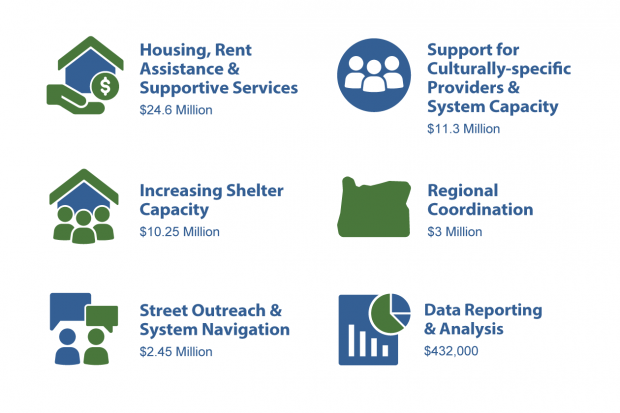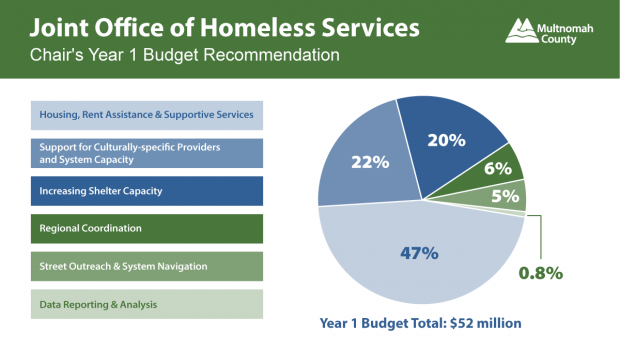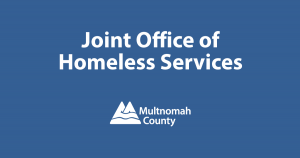PORTLAND — As part of the FY 2022 Budget presented to the Board of County Commissioners on Thursday, Chair Deborah Kafoury included recommendations for investing $52 million in programs that will address the urgent needs of people living outside and reduce homelessness through services that help people stay healthy and housed.
In all, those programs at full capacity will help find new homes for up to 1,300 households currently experiencing homelessness, thanks to rapid investments in rent assistance and wraparound support services. Those investments will also help nearly 1,000 other households avoid homelessness in the first place by staying in the homes they already have.
Funding for these investments comes from the 10-year, $2.5 billion Metro Supportive Housing Services Measure(link is external), approved by voters across Clackamas, Multnomah, and Washington counties in May 2020. Multnomah County is assigning its share of the funds to the City of Portland/Multnomah County Joint Office of Homeless Services.
Starting with $52 million this year and increasing to over $100 million next year, annual resources from the Supportive Housing Services Measure will sustain critical interventions that reduce chronic homelessness, including rent assistance, behavioral health and addiction services, increased shelter capacity and street outreach, and other proven solutions.
Across all programs, Chair Kafoury’s budget recommendation also invests in work that is designed to reduce persistent racial and ethnic disparities in homelessness.
“Racial equity isn’t a goal tacked on to this budget, it is embedded in every program and partnership the Joint Office is involved with,” said Chair Kafoury. “When we design programs to reduce racial disparities, we improve outcomes for everyone.”
The recommended budget also includes over $10 million for increasing year-round shelter capacity in Multnomah County by as many as 400 beds, including motels and community-shaped alternative shelter options to serve people who are living outside today.






